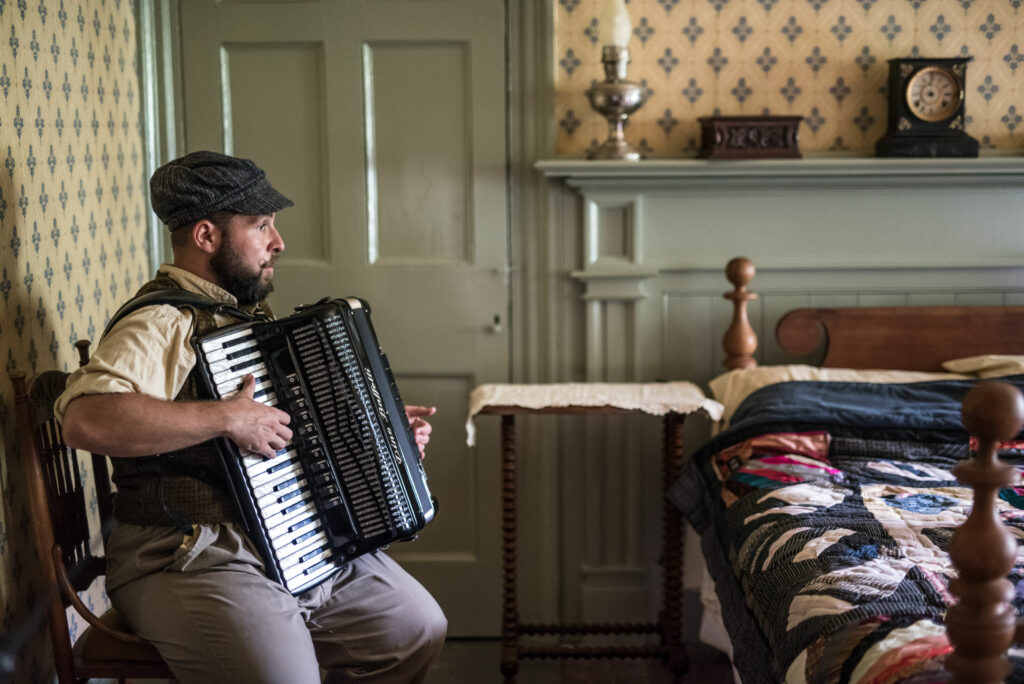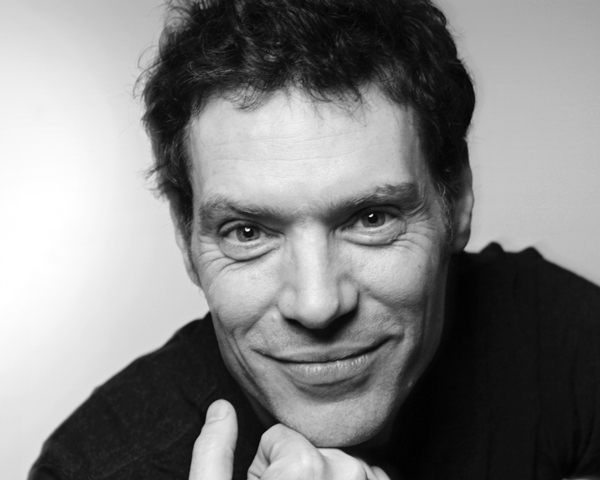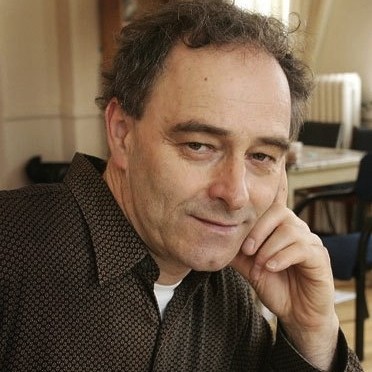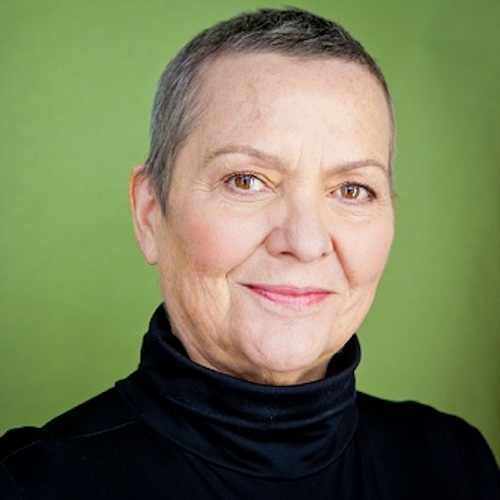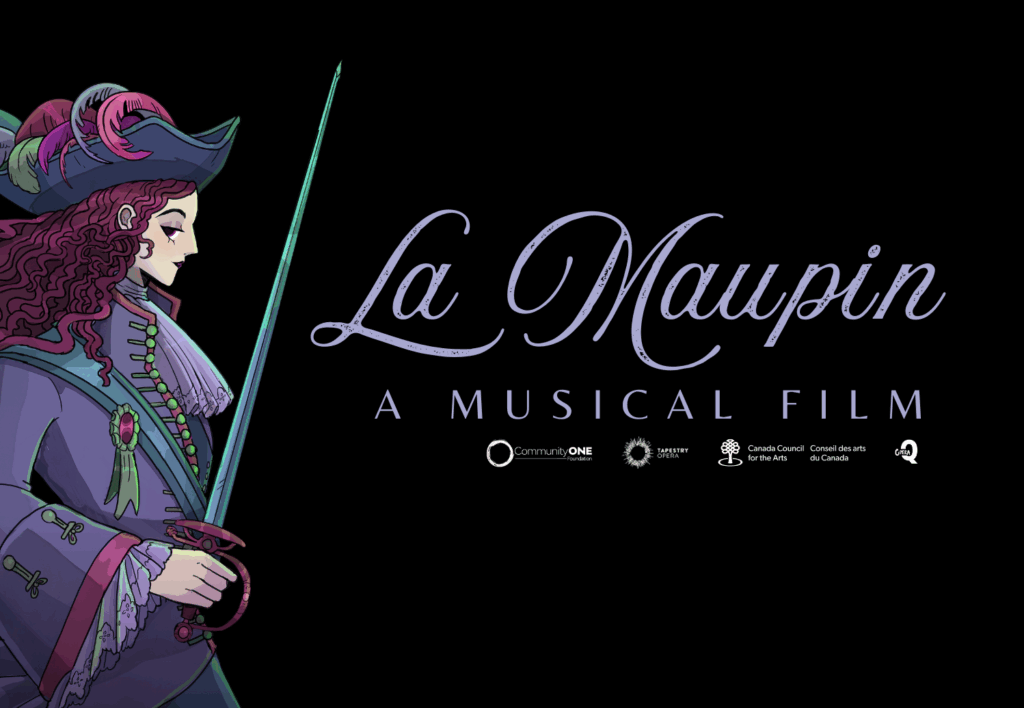Canadian Opera Resource
Canadian Opera Resource
COR
Operas
The Don Valley. 1880, Toronto.
Join George Taylor and the travelling Gilbert & Sullivan theatrical troupe The Vagabonds in a twenty-fifth anniversary celebration of the birth of his papermill. Unbeknownst to him, Jeremiah - the leader of a local small-potatoes bandit group called The Rift Rafters - just discovered a long-hidden secret abo...
Join George Taylor and the travelling Gilbert & Sullivan theatrical troupe The Vagabonds in a twenty-fifth anniversary celebration of the birth of his papermill. Unbeknownst to him, Jeremiah - the leader of a local small-potatoes bandit group called The Rift Rafters - just discovered a long-hidden secret abo...
Composer: Benton Roark
Librettist: Julie Tepperman
A box office worker longs to be on the stage. When the lead of the production is injured, she begs for her chance in the spotlight.
Composer: Jack Perla
Librettist: Ken Gass
At 4 a.m., a composer stands looking out the window, his tools nearby. Across town, a librettist is doing the same. Both are just slightly panicking about their latest work: an opera about a dog named Harley. This work is a meditation on the personal doubt, collegial suspicion, and sudden inspiration that can keep artists awake until the wee hours.
Composer: Iman Habibi
Librettist: Maja Ardal
Content warning: contains depictions of gun violence, mentions of homophobia, transphobia, self-harm, attempted suicide, memory loss, illness, death, and violence
Julie d'Aubigny (1673-1707), more often known by her stage name "Mademoiselle Maupin," was a queer and gender non-conforming opera singer. She was a mezzo-soprano, and sang some of ...
Julie d'Aubigny (1673-1707), more often known by her stage name "Mademoiselle Maupin," was a queer and gender non-conforming opera singer. She was a mezzo-soprano, and sang some of ...
Composer: Colin McMahon
Librettist: Camille Rogers
COR
Excerpts
Henri wonders how, after all this time, it is possible that Lily doesn't reciprocate her feelings of love.
George has a proposal for Lily. Henri has a confession. The Great Recorder Smackdown happens, and Lily is caught in the crossfire. Lily sends them all away without answering.
The Vagabond Theatrical Troupe presents! Jeremiah gives George an ultimatum but has to prove himself first in more ways than one, and all is wrapped up in the finest paper package.
A box office worker longs to be on the opera stage.
A box office worker longs to be on the stage. When the lead of the production is injured, she begs for her chance in the spotlight.
At 4 a.m., a composer stands looking out the window, his tools nearby. Across town, a librettist is doing the same. Both are just slightly panicking about their latest work: an opera about a dog named Harley.
La Maupin introduces herself to the audience, sharing some of the gossip that has been spread about her.
Maupin tells the story of a scandalous love affair from her youth, culminating in a daring escape from a convent.
Maupin takes to the stage of the Paris Opéra.
Maupin challenges a rude nobleman to a duel.

